How Many Ounces in a Cup: Measuring Liquid and Dry Ingredients
How many ounces are in a cup of water or coffee? How many dry ounces are in a cup? The answer is complicated! Understanding the difference between liquid and dry measurements, specifically cups, ounces, and fluid ounces is important to understand while cooking.

As a recipe writer, a common comment I receive goes something like, “Your recipe says to use 6 oz. of fresh baby spinach (about 4 cups), but that can’t be right because a cup is 8 oz!” It makes sense ounces and cups cause confusion, as there are both liquid and dry measurements. It’s also quite confusing that there are different units of measurement that use the same names!
Ounces measure weight, while fluid ounces measure volume. See this post for more on Gallons, Quarts, Pints & Cups. Let’s break it down!
How Many Ounces in a Cup?
While most people would quickly reply, “There are 8 ounces in a cup, of course!” that’s not always true. The true answer is, it depends what you’re measuring.
How Many Fluid Ounces Are in a Cup?
When we say “there are 8 ounces in a cup” we are talking about fluid, or liquid ounces. How many ounces in a cup of coffee or water? In this case, yes there are 8 fluid ounces in a cup.
With liquid, weight and volume are comparable. That’s easy. Things get tricky with dry measurements.
How Many Dry Ounces Are in a Cup?
Trick question! When we talk about measuring dry ingredients, such as a cup of flour, we are talking about volume, or how much space that flour takes up. We are not talking about weight, as we would be with grams or ounces.
As a visual, the images above show a kitchen scale. On the left, I weighed one standard US measuring cup filled with water, and as expected got 8 ounces. In the second, I weighed one standard US measuring cup with popcorn, which weighed only 3 ounces. So, as you can see, one cup of anything other than a liquid will depend on that particular ingredient. Here are more examples:
- 1 cup of fresh parsley = 1 ounce
- 1 cup of popcorn = 3 ounces
- 1 cup of flour = 4¼ ounces
- 1 cup of chocolate chips = 6 ounces
- 1 cup of shredded cheese = 3 ounces
King Arthur Flour has an extensive list of various ingredient weights in volume (cups), grams, and ounces here. You may find other sources with slightly different weights, which makes sense if you think about how much things like brown sugar, shredded cheese, or even flour can compact.
If a recipe ever calls for ounces of solid ingredients like cheese or chocolate, it’s better to look at the label rather than using a measuring cup. If you have an 8 ounce block of cheese, two ounces would be a quarter of the block.
If you need to grate that cheese, know that you’ll end up with a larger amount than you would if you just measured the block. For example, you can get about a cup of grated cheese from a 6 ounce block. Keep these differences in mind when you’re measuring solids.
British vs American Measuring Cups
To complicate matters further, a cup is not always a cup, and an ounce isn’t always an ounce, depending on your country and where the recipe was written. In the United States we use the US Customary system, while in the UK they use the British Imperial system, and other countries use metric.
- 1 UK cup is 280 ml
- 1 US cup is 240 ml
- 1 metric cup is 250 ml
As you can see, these amounts are fairly small and won’t make much difference in most simple recipes. It can add up, however if using large amounts, or baking recipes that require precise measurements, so it’s best to use the the type of measuring cup from the country where the recipe was written. To convert 1 US cup to 1 UK cup, simply add 1 ½ tablespoons.
As you might have guessed, US and UK ounces are not exactly the same either.
- 1 British fluid ounce is 28.4 milliliters
- 1 U.S. fluid ounce is 29.6 milliliters
Liquid vs Dry Measuring Cups
You can use liquid and dry measuring cups interchangeably, as they hold the same amount. However, you’ll get the best results and measure most accurately by using the proper cups.
Liquid measuring cups allow you to fill the designated amount without spilling all over your countertop. And dry measuring cups allow you to scrape any excess off the top for a more precise measure. I recommend owning both, as well as a kitchen scale for more precise baking or when using European baking recipes that measure ingredients in grams.
Dry measuring cups are usually metal or plastic and come in a set with varying cup sizes, from 1 cup down to 1/8 cup. Liquid measuring cups are usually a single glass or plastic container with marks designating the different amounts, from cups to ounces.
How Many Ounces in a Quarter Cup?
There are 2 fluid ounces in a quarter cup. We know this because there are 8 fluid ounces in a full cup. This conversion is most helpful when measuring liquids, as discussed above.
How Many Ounces in a Gallon
There are 128 oz. in a gallon. For reference, a shot glass is usually around 1.5-2 ounces. We have two free printable charts that make it very easy to convert between cups, pints, quarts, and gallons coming soon.

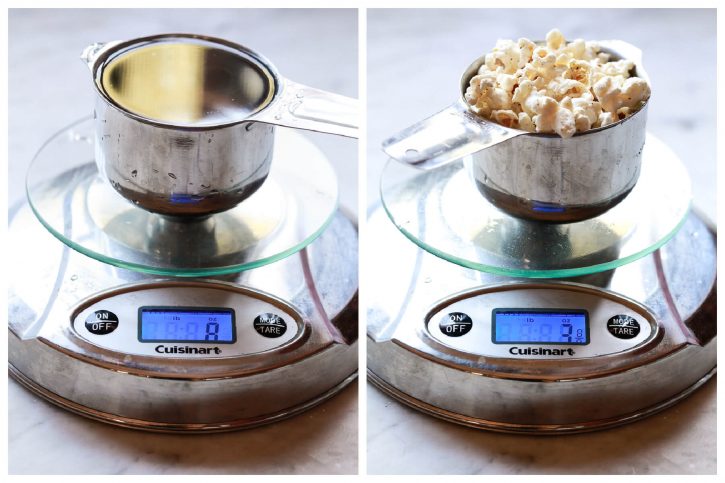



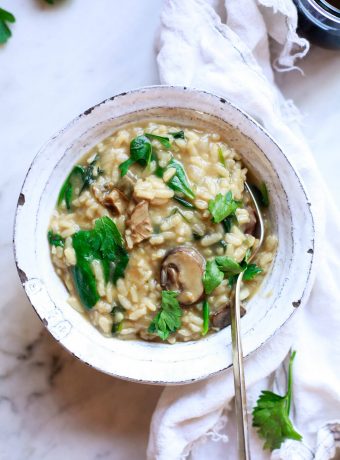


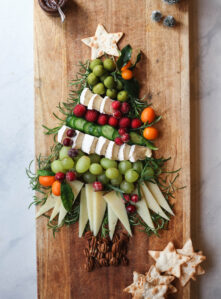
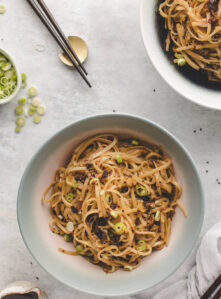
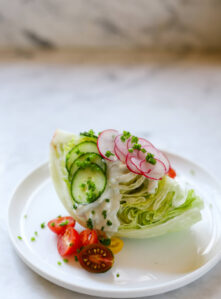
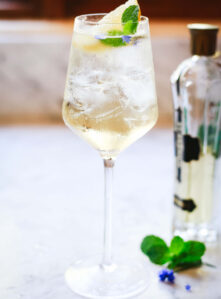
Thanks for writing such a clear, interesting article!!
You’re welcome! I’m so happy it was helpful 🙂